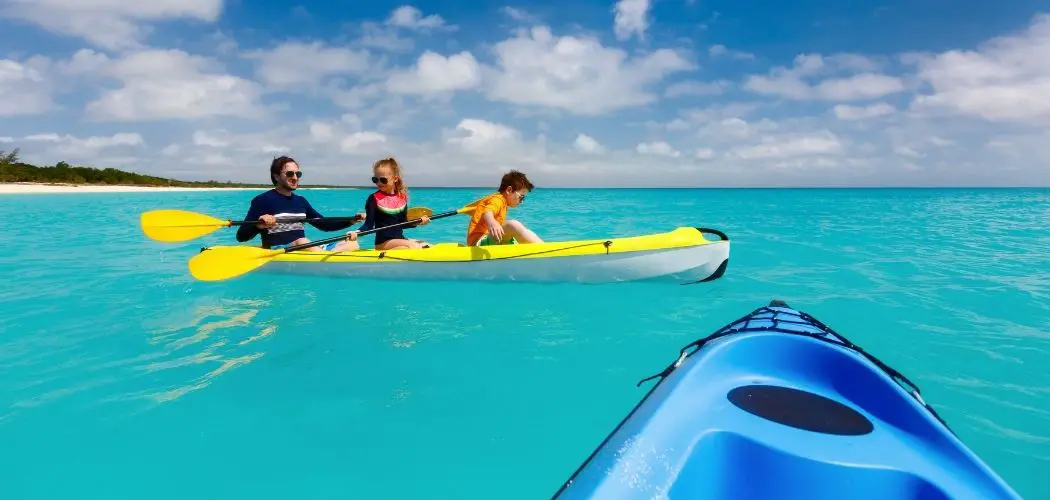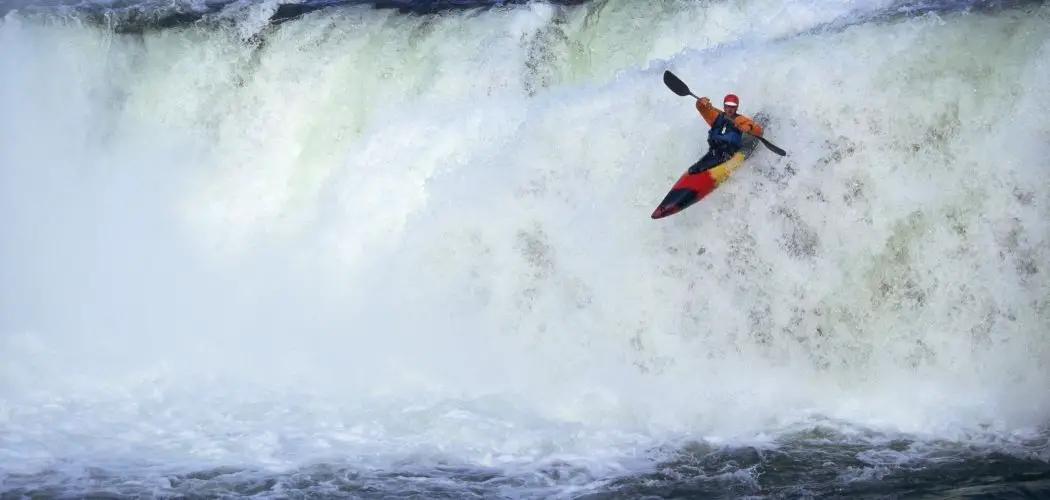Kayaking is a versatile and fun water sport. It is a great way to spend quality time with friends while exploring nature from a new point of view. In kayaking, your paddle is your best friend and your lifeline.
There are instances when you drop and lose your kayak paddles in water. Well, there’s nothing more disturbing and troublesome than losing your paddle while attempting to charge through the water.
During that moment of utter confusion when the paddle gets drifted away, you might end up losing in the middle of nowhere and getting stuck in a remote place.
By design, most of the paddles, whether they are plastic, wooden, fiberglass, aluminum, or other material, are designed to float.
Unless there is a design flaw, all paddles will float in water. However, some aluminum paddles don’t. If your paddle doesn’t float, you might consider having a floating grip. It adds comfort and visibility if you lose your paddle in the water.
If your paddle doesn’t float, that is probably the end of it and you need to buy another one.
- Swim for it: If you do lose your paddle, it will typically land within a few meters of where you surface from your wipeout. Chase it down. In case your paddle falls too far from you, you might have to dive after it.
- Have a paddle leash: A paddle leash help you keep the paddle secure in case it falls out of your hands by accident. If your paddle does float, you might consider purchasing a paddle leash. Ig will prevent your paddle from moving away from you if you drop it.
- Consider the weather: You should always consider the weather before heading out on the water. When the weather’s rough and terrible, there will be more waves. Rough water will increase the chance of your kayak capsizing.
- Train your brain: Stay Calm and swim without losing your head. Panic is the arch-enemy of standup paddlers.
The best thing is to not let the kayak paddle out of your hands. Try to do your best not to let go of your kayak paddle next time.
How do you paddle a kayak without being soaked?
When the paddler angles his paddles high, water is more likely to go down his shaft. If the kayaker paddles fast enough, he may get wet enough to swim instead of kayaking!
Try to focus on the way you paddle. Paddling with smaller rotations or using longer paddles aids in getting less wet.
Remember that Kayaking definitely involves water. It is nearly impossible to stay dry when paddling a kayak and dealing with water.
How do you get water out of a kayak paddle?
Yes, it is possible to get water inside your kayak paddle. It happens when there is a break in the seal on one of the joints. Water ultimately finds its way in. Water also gets inside your kayak paddle if a blade has been damaged or punctured.
To get water out of a kayak paddle:
- Get your paddle sitting out in the sun for some time. The water will evaporate or find its way out. Just show some patience and prepare to wait.
- Reach for the power tools. You can drill a hole to get the water out of your paddle. It’s the fastest way to get rid of the water but it will damage your kayak and needs repair afterward. Drilling may also comprise the integrity of the paddle and is best avoided if you can.
How to avoid losing your kayak paddles in the water
The proper paddling techniques will prevent you from losing paddles in the water. It will also keep you safe and help you prevent injury.
- Learn how to paddle properly: Before getting into the water, everyone should first learn how to handle the paddle.
- Size your paddle: You should ensure that your paddle is the right size for you.
- Sit properly in the seat. You should have the proper sitting position in a kayak. You need to have good posture and sit up straight. Sitting up straight will let you paddle harder, faster. It will help you avoid issues like back and shoulder pain.
- Check your kayak paddle before you go: Unless your kayak and paddle are brand new, it’s smart to check everything for wear and tear before you head out.
Kayaking safety tips
Always use common sense and follow these safety tips:
- Never paddle alone: Always have an experienced friend when out on open water.
- Wear protective gear: Remember that a safe ride is a fun ride. Always wear protective gear in your kayaking adventures.
- Stay sober and decent: While kayaking, never drink or use drugs.
- Know your kayaking abilities: Only kayak in waters you can navigate easily. You can judge yourself rightly, and that requires honesty.
- Avoid kayaking in bad weather or rough water conditions: It is generally recommended to avoid paddling in bad weather or rough water conditions. If the weather or water looks rough, save your kayaking adventure for another day.
Note: One of the most essential things to remember is to ALWAYS wear your life jacket! It doesn’t matter if you are a newbie or have been kayaking for more than a decade, you should always wear your life jacket. You never know when a life jacket can save your life.
Final thoughts
Let’s face it! Having a survival sense is important when you are in the middle of the water. It will prepare you for many conditions that could endanger your life.
Kayaking is a safe, delightful, and fun experience only if you practice it safely. It’s always better to pack your essential gear, know the weather and water, and make every attempt to act responsibly.
Always make sure to follow the safety tips. It will help you to reduce the risk of something terrible happening. The consequence of losing your paddle can be dire for inexperienced paddlers. Remember that careful and safe kayaking is smart kayaking!
If you have questions, don’t hesitate to contact us. We look forward to hearing from you!
Stay safe!






